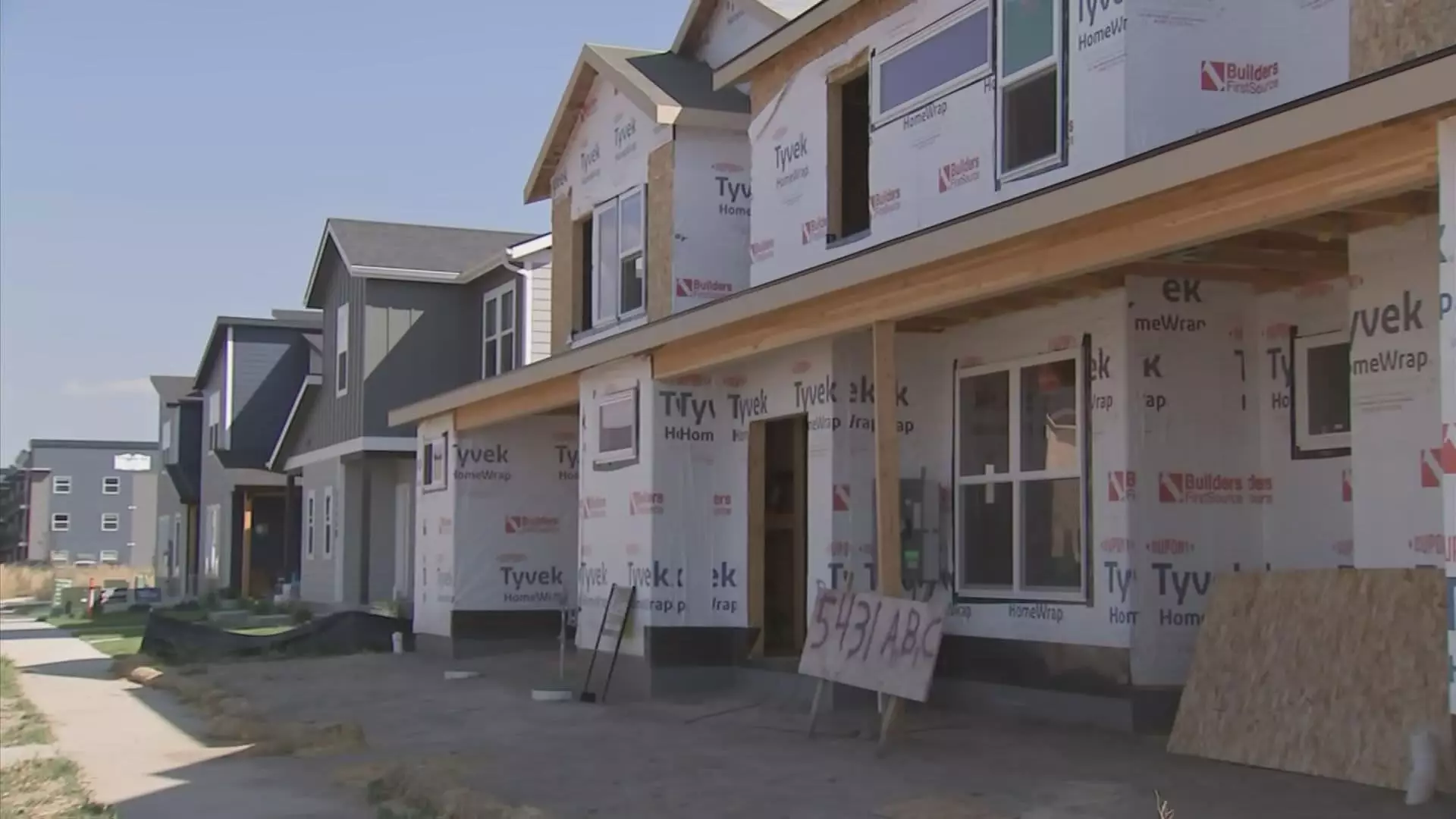Montana, often known for its breathtaking landscapes and rich natural resources, is experiencing a housing crisis that is raising alarm bells across the state. The surge in population, particularly from out-of-state movers, along with a shortage of affordable housing, has placed immense pressure on local communities. This uptick in housing demand has sparked fierce political debate, especially as the Senate race heats up with critical implications for Montanans and their future.
Understanding the Housing Demand Surge
In recent years, Montana has become a magnet for individuals and families seeking to escape the high costs of living in states like California and Colorado. Amidst this influx, many Montanans are feeling pushed out of the market. DJ Smith, president of the Montana Association of Realtors, describes the situation as dire for residents who are struggling to find housing that meets their needs without breaking the bank. With a housing market that has seen a staggering 66% increase in prices over the past four years, the affordability crisis has reached a breaking point.
One cannot ignore that this phenomenon is not just about rising prices; it intricately intertwines with issues of labor supply. Construction professionals, including subcontractors like electricians and plumbers, are in short supply, which hampers the growth of new housing developments. Builders, such as Andrew Weigand of Butler Creek Development, express concerns about the aging workforce in these trades. This shortage not only inflates labor costs but also contributes significantly to the stagnant housing supply, resulting in a competitive market where prices skyrocket.
The housing crisis has been thrust into the political spotlight, particularly in the context of the upcoming Senate race between incumbent Democrat Jon Tester and Republican challenger Tim Sheehy. While Tester has made the plight of struggling Montanans a central theme of his campaign, emphasizing the need for practical solutions to the escalating housing problem, Sheehy has reframed the issue through the lens of inflation and the policies associated with the Biden administration.
The intensity of these debates not only highlights differing political ideologies but also reveals deep-rooted tensions regarding economic policy and its effect on the everyday lives of residents. Tester emphatically criticizes wealthy newcomers who aim to reshape Montana, while Sheehy links the housing crisis to broader economic woes attributable to federal policies. With political pundits indicating a lean toward Republican in what was once an uncertain race, housing has become a pivotal talking point that could sway critical voters.
According to the National Association of Realtors, Montana is currently the least affordable state for homebuyers, a disheartening title as many residents face the stark reality that homeownership is slipping from their grasp. The state’s median home price hovers around $568,377, a figure that is daunting for the average household earning a median income of $67,631. Many Montanans find themselves unable to afford homes in the communities where they grew up, as cash buyers from out of state dominate the market.
Moreover, the phenomenon of cash purchases speaks volumes about the disparity in financial resources among potential homebuyers. Those relocating often sell their homes in high-cost areas, arriving in Montana with substantial equity to invest. This trend has led to a record 30% of homes sold in cash last year, pushing prices beyond the reach of working-class families who are striving for stability in their living situations.
In light of the ongoing crisis, Tester has proposed a series of measures aimed at alleviating housing woes. His initiatives focus on financial assistance programs like grants for housing expansion and repairs, as well as tax credits aimed at encouraging the sale of mobile home parks to local coalitions. These efforts are designed to counteract the influx of development projects that are further driving up prices and displacing long-standing residents.
On the other hand, Sheehy pushes for an expansion of trade programs to address the labor shortages within the construction industry. His proposals reflect a commitment to enhancing the workforce needed to build affordable housing, which is essential for meeting the needs of current and future residents.
The critical dialogue surrounding housing in Montana encapsulates broader tensions within American society over economic disparity, local identity, and the struggle for affordable living. As the Senate race unfolds, it remains to be seen if policymakers can bridge the gap between necessity and affordability, ensuring that Montana’s allure does not become a burden for its original inhabitants. The stakes are high, and both candidates understand that lucrative homes and quality living conditions are more than just electoral talking points—they embody the very essence of the American dream.

